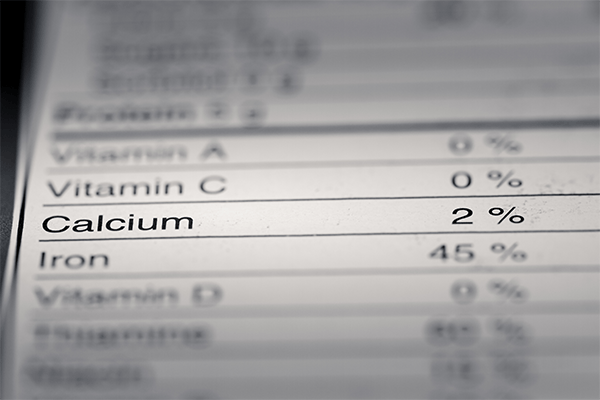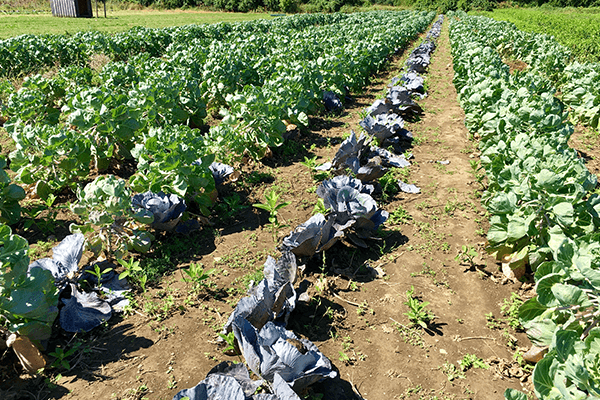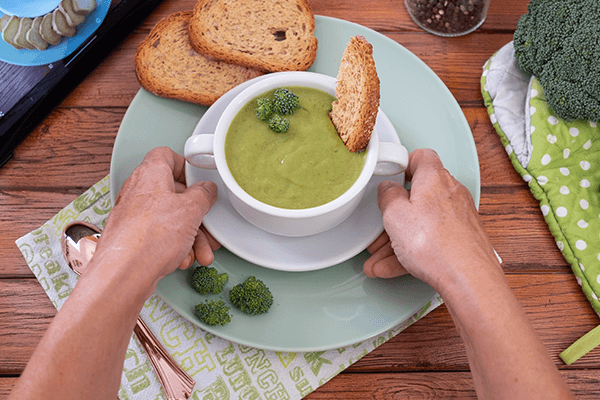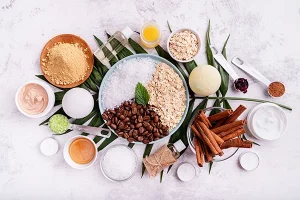The standard nutrition label that has been around for several years contains all of the basic information: serving size, daily percentage value, the amounts of certain elements of the ingredient/product (ex. calories, fats, sugars). Now, with all of the new information that has come out about certain foods and ingredients that can be detrimental to your health, people want more information and more transparency when it comes to food labelling.
On the same note, businesses want to ensure that they are including all mandated information, as to remain compliant with industry standards. Ultimately, businesses need to understand what they are serving to customers and customers need to understand what they are eating – whether that be for dietary constraints, allergies or other similar reasons. Creating nutrition labels must be prioritized for everyone involved.
Even if you are a restaurant proprietor and may not necessarily be distributing packaged foods, this is a matter that is worth noting. Restaurants should be transparent with their customers about the food they are being served, especially those who may have particular diets. Consumers will certainly appreciate this level of transparency, which will help build up business loyalty.
Read more: Using Nutrition to help heal after Breast Cancer

How can I create a Nutrition Fact Label from a Recipe?
An option for creating a nutrition fact label from a recipe is to send your dishes out to a third-party lab for testing. Food testing services are typically used to test products for contaminants, as well as the level of nutrients in order to put it on the standardized label.
Depending on the ingredient or dish you send off to be analyzed, this process can cost anywhere from $30 to $100. Imagine having to do this for every single ingredient and dish that you serve in your restaurant. Not only will it cost you time that you cannot afford to waste, but the expenses on your business’ balance sheet will also rise as a result.
This process as a whole is inconvenient and inefficient. These testing labs are extremely busy, and it may take weeks for you to get your results. By then, you may have several new dishes you’ve created and need to send out for testing. You don’t have the time to wait that long. As you are well aware, the restaurant business moves very quickly, and depending on your location and the complexity of your dishes, the process of using these labs can definitely slow you down.
Another option is database matching, which is much easier and less intensive. Database matching. Food Composition Databases (FCDB), or Food Composition Tables (FCT), are data that provide the nutritional content of foods. FCDBs are a required input in order to convert foods from food consumption data to nutrient intakes. This is less costly and more time-efficient than sending the ingredients to a lab for testing, as the information is more readily available.
However, FCDBs are typically compiled by governments. While fairly complete, these databases may not include all ingredients, and, more importantly, may not include “commercial ingredients.” Commercial ingredients are products such as Nutella, or other branded food items that are often incorporated into recipes. Oftentimes, multiple databases must be accessed to get the most accurate information, which can be time-consuming.
Read more: FDA Deadline: Meeting Requirements by November 7th, 2023

Getting Nutritional Values from my Ingredients
The majority of food products are required to have an ingredients list on the packaging. There are some exceptions, but there will likely need to be a comprehensive list of ingredients on the packaged food that is being sold. This is very important, as it informs consumers exactly what they are eating, should they be trying to eliminate anything from their diet for health reasons or, more importantly, be allergic to something.
When creating a nutrition label, the amount of each ingredient used in that respective recipe must be calculated in order to figure out its nutrition value. For this reason, the FDA created rounding rules that provide a best estimate for an ingredient or food product. An example of this can be found below, in regard to calories:

The Daily Value (DV) % is calculated for Fats, Cholesterol, Sodium, Carbohydrates, Fiber, Vitamins and Minerals. Every nutrient/category has its own recommended DV chart. For that reason, and others, this calculation process can be very time-consuming – which is why a nutritional software calculator like MenuSano can be incredibly efficient and cost-effective.
Read more: FDA Food Product Labelling and Packaging 101
MenuSano is the solution to creating Nutrition Fact Labels
Creating accurate, comprehensive nutrition fact labels will not only help your company remain compliant with the most up-to-date guidelines, but will instill confidence in your customers. MenuSano is the solution that helps you achieve these standards.
The responsibilities of food industry professionals are continuously evolving with the introduction of new ingredients, trends, and methods of creating and serving food to customers. That said, it is extremely important that these providers remain compliant and provide accurate nutrition information to their customers. Further, when creating unique recipes, you can satisfy your curiosities about the nutritional contents and value by creating a nutrition label using MenuSano software.
MenuSano nutritional software is an online nutrition calculator that provides an affordable, flexible, user-friendly solution that your business can use to calculate the nutritional content of all of your current and future products. Not only that but it was designed to be compliant to align with the standards set by industry legislators and is continuously updated to maintain this status.
MenuSano is a highly effective tool because:
- Its design is flexible, user-friendly and convenient
- The information is accurate
- The database of ingredients is extensive
- Has recipe experimentation capabilities
- Compliant with US, Canadian, and UK regulations
- Consistently updated to keep up to code with the above regulations
If you’re ready to get started creating your own Nutrition Fact Labels with MenuSano click this link for a Free Trial today!



















